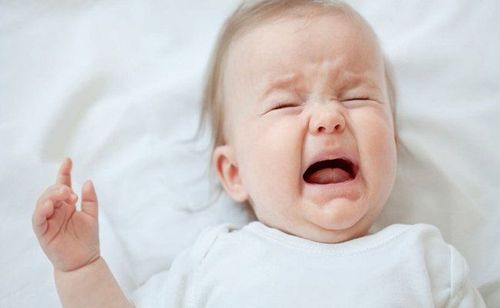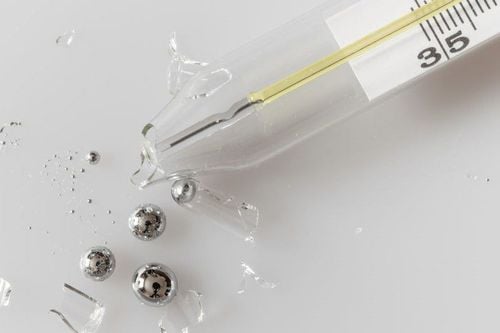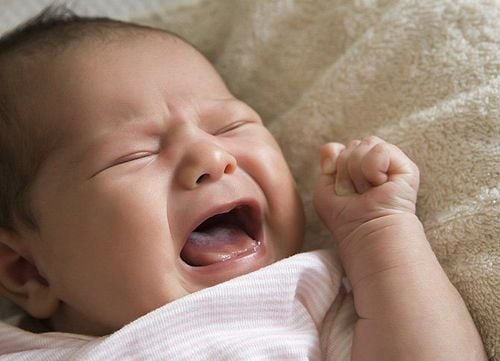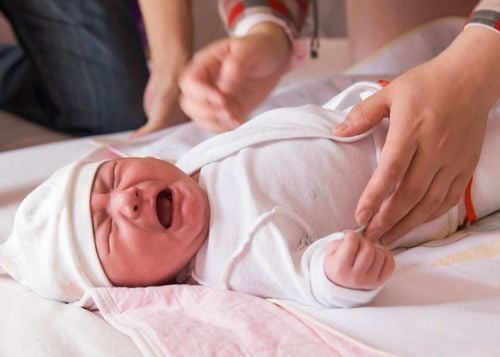This is an automatically translated article.
The article was professionally consulted by Specialist Doctor I Bui Thi Ha - Pediatrician - Neonatologist - Department of Pediatrics - Neonatology - Vinmec Ha Long International General Hospital.Not all parents know exactly how to distinguish between hot and cold babies. During the first few months of life, the infant's body temperature is not stable because the ability to regulate temperature is not yet complete. Parents are always looking for ways to warm their babies with folk methods such as wearing warm clothes, wearing gloves, hats, wrapping towels, even using a brazier. However, this is not the right thing to do, and can even seriously affect the health of the child.
1. How to tell if a baby is hot or cold?
The body temperature of infants and young children should be maintained at 36.5 - 37.2 degrees Celsius (axillary temperature) or fluctuate slightly around the average value. Newborns do not have the same ability to regulate their own body temperature as adults. Accordingly, the child's body easily loses heat through uncovered skin surfaces such as the head, hands and feet, also known as the heat dissipation area. Likewise, if a baby is not dressed warmly enough while in a cold room, the infant's body temperature will drop to dangerous levels. Therefore, even when the weather is warmer, parents need to keep their children warm enough. In the cold months, parents should monitor and check the temperature both outside and inside the baby's room.When the body temperature rises from 38 degrees Celsius or more, the child has a fever. Some signs suggestive of an increase in infant's body temperature include:
Feeling hotter in the forehead, back or abdomen areas Sweating baby Red cheeks When suspecting the baby has a fever, parents should Use a thermometer to accurately measure your child's temperature. Parents can then decide whether to take the child to medical facilities.

Khi nghi ngờ trẻ sốt, bố mẹ nên sử dụng nhiệt kế để đo nhiệt độ chính xác cho trẻ
Feeling cold hands and feet or a cold nape of the neck are also signs suggesting a low baby's temperature. Pale skin: This sign, accompanied by decreased activity, is a clear sign of hypothermia. Unexplained fussy babies: When they first feel cold, babies may cry for no apparent reason as a hint and warning to parents. When this happens, extra warm clothing should be worn to make the child more comfortable. Baby sneezing: this is a reflex involving the hypothalamus, which controls the body's central temperature. This explains why children often sneeze when they have a cold. Children are less active: this is the most dangerous sign when the child is cold. The above signs suggestive of hypothermia in a child should not be ignored because recovery may be missed. When the child becomes lethargic and inactive, hypothermia is already severe.
2. Measures to help keep the child's body warm
Many people are misinterpreting the concept of keeping babies warm. The folk measures to keep warm to protect children according to experience are still practiced, such as wearing many layers of clothes, combined with wrapping a towel and lying in the brazier for a long time. These are incorrect ways, and can even negatively affect the health of both mother and baby. Most of these methods cause the child's temperature to rise, causing a lot of sweating. The evaporation of sweat will lead to heat loss, causing the baby to catch cold and lead to various diseases, the most common is pneumonia. In addition, wrapping the baby in many layers of fabric interferes with breathing and movement.Keeping warm properly is not an easy job. First of all, parents need to know the signs that suggest a child's temperature disorder and apply supportive measures to help them feel more comfortable.
Newborns should wear hats because this is where more than 85% of body heat is generated, especially in premature babies. However, in children who are several months old and develop normally, parents do not need to continue wearing hats while they are sleeping. Wearing a hat in this case is not only not beneficial, but also adversely affects the operation of the central nervous system because the temperature of the head area increases higher than normal.
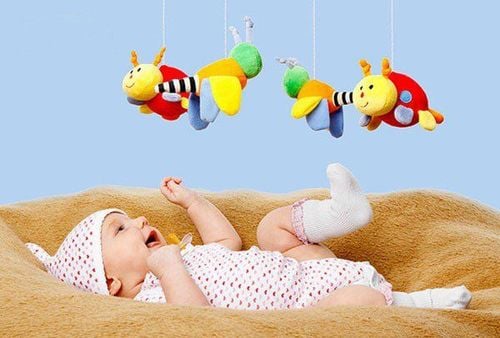
Trẻ sơ sinh nên được đội mũ vì đây là nơi tỏa ra hơn 85% nhiệt lượng của cơ thể, đặc biệt ở những trẻ sinh non
In the case of a sick infant that causes a high fever, wearing layers of clothing is an option to avoid. Touching areas of the body such as forehead, neck, back, palms, and feet may feel hot due to increased body temperature. Children need to be dressed in breathable clothes and warmed with warm water to increase the body's self-heating process and help reduce fever quickly. Put the child in a well-ventilated room but limit drafts, avoid breathing directly the cold air from the air conditioner.
Similarly, in the hot summer or when entering a room with high temperature, parents need to flexibly remove some clothes for the child, leaving a thin layer of cool clothes. It is recommended to regularly monitor and check the temperature with a thermometer to take appropriate measures afterwards.
Recognizing whether the newborn is warm enough or not is very important for parents to have the right direction to regulate the temperature as well as monitor the body temperature and take the best care of the baby.
To prevent diseases that babies often get, parents should pay attention to nutrition to improve children's resistance. At the same time, add supporting foods containing lysine, essential micro-minerals and vitamins such as zinc, chromium, selenium, B vitamins,... snacks and less digestive problems.
Parents can learn more:
Why do you need to supplement Lysine for your baby?
The role of zinc - Guidelines for reasonable zinc supplementation
Please visit the website Vinmec.com regularly and update useful information to take care of your baby and family.
Reference source: romper.com, nhs.uk





